- Home
- Articles
- Architectural Portfolio
- Architectral Presentation
- Inspirational Stories
- Architecture News
- Visualization
- BIM Industry
- Facade Design
- Parametric Design
- Career
- Landscape Architecture
- Construction
- Artificial Intelligence
- Sketching
- Design Softwares
- Diagrams
- Writing
- Architectural Tips
- Sustainability
- Courses
- Concept
- Technology
- History & Heritage
- Future of Architecture
- Guides & How-To
- Art & Culture
- Projects
- Interior Design
- Competitions
- Jobs
- Store
- Tools
- More
- Home
- Articles
- Architectural Portfolio
- Architectral Presentation
- Inspirational Stories
- Architecture News
- Visualization
- BIM Industry
- Facade Design
- Parametric Design
- Career
- Landscape Architecture
- Construction
- Artificial Intelligence
- Sketching
- Design Softwares
- Diagrams
- Writing
- Architectural Tips
- Sustainability
- Courses
- Concept
- Technology
- History & Heritage
- Future of Architecture
- Guides & How-To
- Art & Culture
- Projects
- Interior Design
- Competitions
- Jobs
- Store
- Tools
- More
The Architecture of Water: Designing With Rivers, Lakes, and Seas
Explore the architecture of water designing cities with rivers, lakes, and seas as co-designers. Learn climate-smart strategies for flow, water quality, and coastal dynamics to build accessible, resilient waterfronts that boost public health, biodiversity, and local economies.
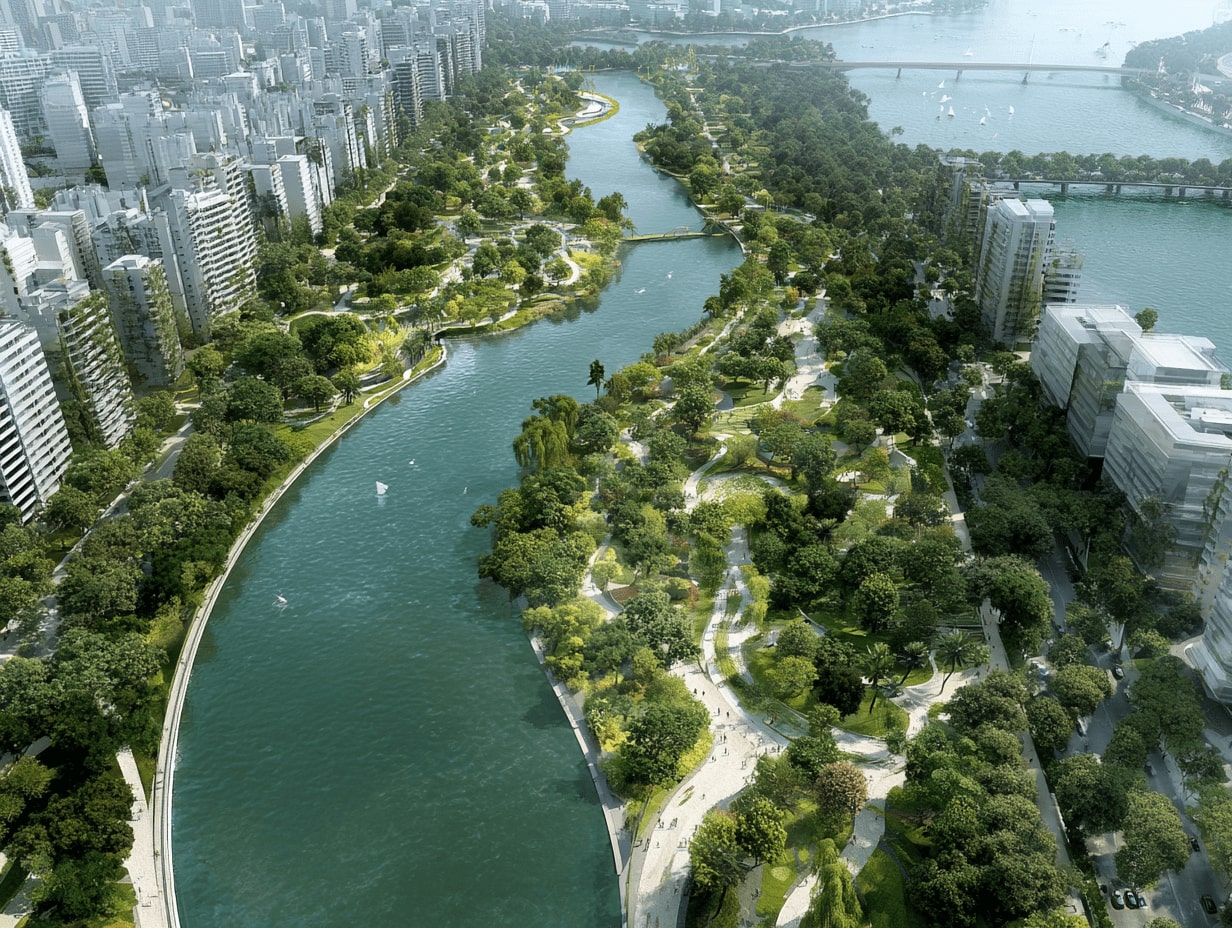
Water is never just a backdrop. When we practice the architecture of water, designing with rivers, lakes, and seas, we gain landscapes and cities that are safer, healthier, and frankly more delightful to inhabit. Rather than fighting water, we treat it as a co-designer: honoring flow paths, shaping edges that flex with storms, and creating public realms that invite people to touch, learn, and linger by the water’s edge.
Table of Contents
ToggleWhy Design With Water
We’re living with bigger rains, longer droughts, and higher seas. Designing with water acknowledges that hydrology sets the rules, and we do better when we read them. It’s not only about flood safety: it’s public health, biodiversity, and place identity. Think of river walks that double as floodplains, lakefront parks that clean runoff before it reaches swimmers, or coastal streets that transform into tidal plazas during high water.
We also unlock economic resilience. Waterfronts draw people, and places that perform well in a storm bounce back faster. By weaving water logic into urban form, contours, soils, plant communities, and materials, we future-proof investments while elevating daily life.

Understanding Rivers, Lakes, And Seas
Design starts with reading the water body’s behavior, its mood swings and its quiet seasons.
Rivers: Flow, Flood, And Edge Conditions
Rivers move. Discharge rises and falls, carrying sediment that builds bars and erodes banks. We map baseflow, bankfull, and flood stages, then give the channel room to breathe. Soft edges, terraces, willow fascines, and flood benches, dissipate energy better than hard walls and create riparian habitat. Where urban fabric is tight, we pair set-back walls with high-flow bypasses or deployable barriers. The goal isn’t to freeze the river: it’s to choreograph safe overflow pathways.

Lakes: Stratification, Shorelines, And Water Quality
Most lakes stratify in warm seasons: warmer, oxygen-rich surface water over cooler, low-oxygen depths. Outfalls placed at the right depth prevent hypoxic zones. Gentle shoreline slopes, planted shelves, and gravel bars cut wave chop, give fish nurseries, and filter nutrients. We minimize imperviousness in the watershed and route stormwater through biofilters before it hits the lake. Small moves, a 1–2% grade toward rain gardens, for instance, pay big dividends in clarity.
Seas: Tides, Waves, And Coastal Dynamics
Coasts juggle tides, storm surge, and longshore drift. We study fetch (the wind’s run over water), nearshore bathymetry, and sediment budgets before we draw a single boardwalk. In microtidal settings, even 30–40 cm of sea-level rise can push daily high tides into streets by mid-century. That’s why dune systems, marsh plains, and strategically placed living breakwaters are our first line of defense, they knock down wave energy, trap sand, and grow with sea-level rise when designed well.
Waterfront Design Strategies
Each edge asks for its own playbook, but the principles rhyme: make room, slow water, clean it, and invite people in.

Riverfronts: Room For The River, Riparian Buffers, And Productive Edges
We widen floodplains where possible, step promenades down like theater seating, and plant native buffers 25–100 feet deep. Productive edges aren’t just pretty, they host floating wetlands that polish nutrients, kayak launches that activate the water, and terraces that double as event seating when dry and as sacrificial flood space when wet.
Lakefronts: Gentle Grading, Habitat Shelves, And Public Access
At lakes, we trade hard bulkheads for graded beaches and vegetated shelves at 0.3–1 m depths for habitat. Boardwalks skim over sensitive zones, keeping feet dry while letting sunlight reach aquatic plants. Universal access matters: slip-resistant ramps, tactile wayfinding, and shaded rest points make lakefronts welcoming for everyone.
Seafronts: Dunes, Living Breakwaters, And Resilient Public Realms
We rebuild dune ridges with native grasses, notch them for controlled access, and anchor them with sand fencing. Offshore, modular living breakwaters seeded with oysters or mussels reduce wave heights and boost biodiversity. Streets and plazas behind them are designed to flood safely, elevated utilities, salt-tolerant plantings, pervious paving, and wayfinding that clearly marks evacuation routes.
Resilience And Ecology By Design
Resilience isn’t a bolt-on feature: it’s baked into grading, planting, and building typologies.
Nature-Based Solutions And Living Shorelines
We favor marsh sills, coir logs, willow mattresses, and oyster reefs over continuous seawalls wherever the energy regime allows. These systems absorb waves, filter water, and evolve. They require space and patience, but they also generate habitat credits and community pride.

Amphibious And Elevated Typologies
Buildings don’t all need to flee the floodplain. Amphibious structures rest on the ground most of the year and rise during floods with guided piles. Elsewhere, we elevate first floors, tuck parking under sacrificial podiums, and route lobbies and egress above design flood elevation. Service yards get waterproof enclosures and quick-disconnect utilities.
Stormwater, Water Quality, And Blue-Green Networks
City blocks become sponges when we chain bioswales, rain gardens, and wetlands into blue-green corridors. Detention tolerances are right-sized to local storms, and outlets are staged to avoid backflow during surges. Smart controls on cisterns pre-drain before heavy rain, freeing capacity. The payoff is cleaner rivers, clearer lakes, and less pressure on combined sewers.
Materials, Engineering, And Operations Near Water
Good details keep waterfronts safe and serviceable without constant heroics.
Foundations, Corrosion, And Durability In Wet And Saline Environments
We specify foundations based on geotech: driven piles in alluvium, helical piles where access is tight, and scour protection at piers. In saline air, we pick 316 stainless, hot-dip galvanized steel with generous coating systems, FRP grating, and dense concrete with low water-cement ratios. We separate dissimilar metals, design for drainage, and detail easy-to-replace sacrificial elements.

Permitting, Community Stewardship, And Long-Term Maintenance
Water work is permitting-heavy. Early coordination with agencies and tribes saves months. We pair O&M manuals with training for park crews and local stewards: invasive pulls, dune fence repairs, oyster bag resets, inspection of expansion joints and weep holes. A clear maintenance budget, and a community that cares, keeps the waterfront thriving.
Conclusion
Designing the architecture of water, designing with rivers, lakes, and seas, asks us to think like hydrologists, ecologists, and city-makers at once. When we let water lead, we get places that protect us in a storm and delight us every sunny day after. That’s the kind of waterfront people remember, and return to.
- aquatic design
- aquatic landscape architecture
- blue infrastructure design
- coastal engineering
- floodplain design specialists
- harbor design services
- hydraulic engineering
- hydrological design services
- lake design firm
- marine architecture
- oceanfront design experts
- river engineering
- riverfront redevelopment
- sustainable water architecture
- urban water design
- water architecture
- water ecology design
- waterfront design
- waterscape architecture
- wetland restoration design
Submit your architectural projects
Follow these steps for submission your project. Submission FormLatest Posts
Copenhagen Named the Happiest City in the World in 2025
Copenhagen has been named the happiest city in the world in 2025...
Frank Gehry’s Transformative Ideas in Urban Design
Frank Gehry’s influence extends far beyond expressive architecture; his ideas have reshaped...
Architecture as Infrastructure: Designing Beyond Buildings
Architecture as infrastructure reframes cities as systems—flows, lifecycles, and value. Explore resilient...
Designing for Emotional Urbanism: How We Shape Cities People Actually Feel Good In
Emotional Urbanism: a practical guide to design that reduces stress, boosts dwell...




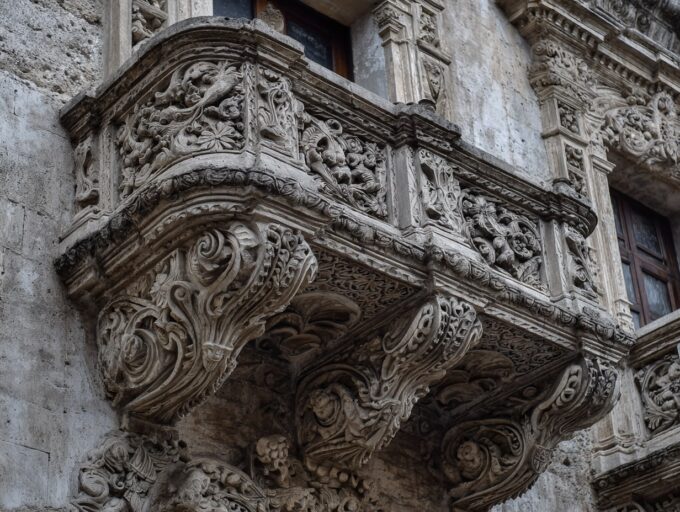


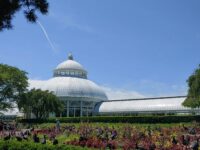


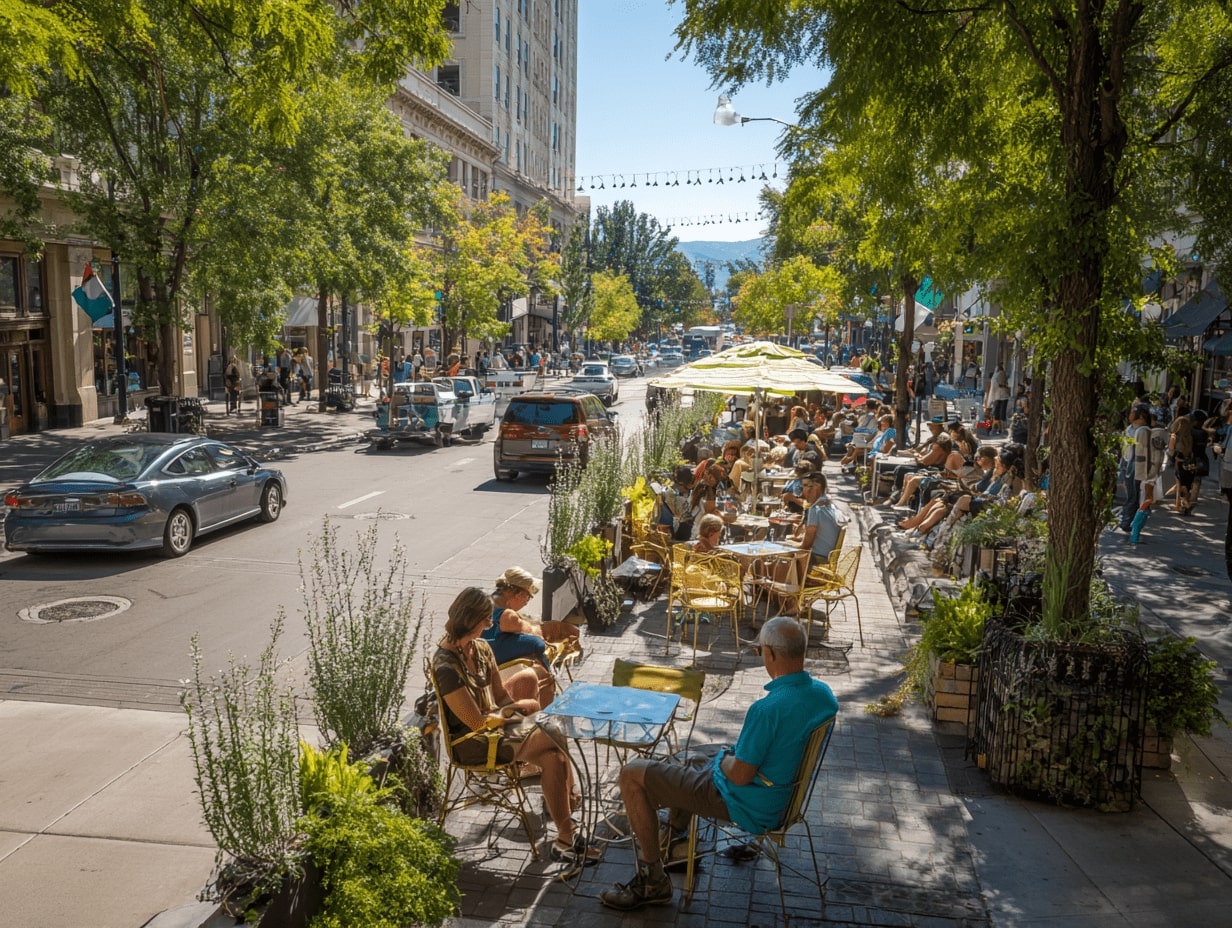
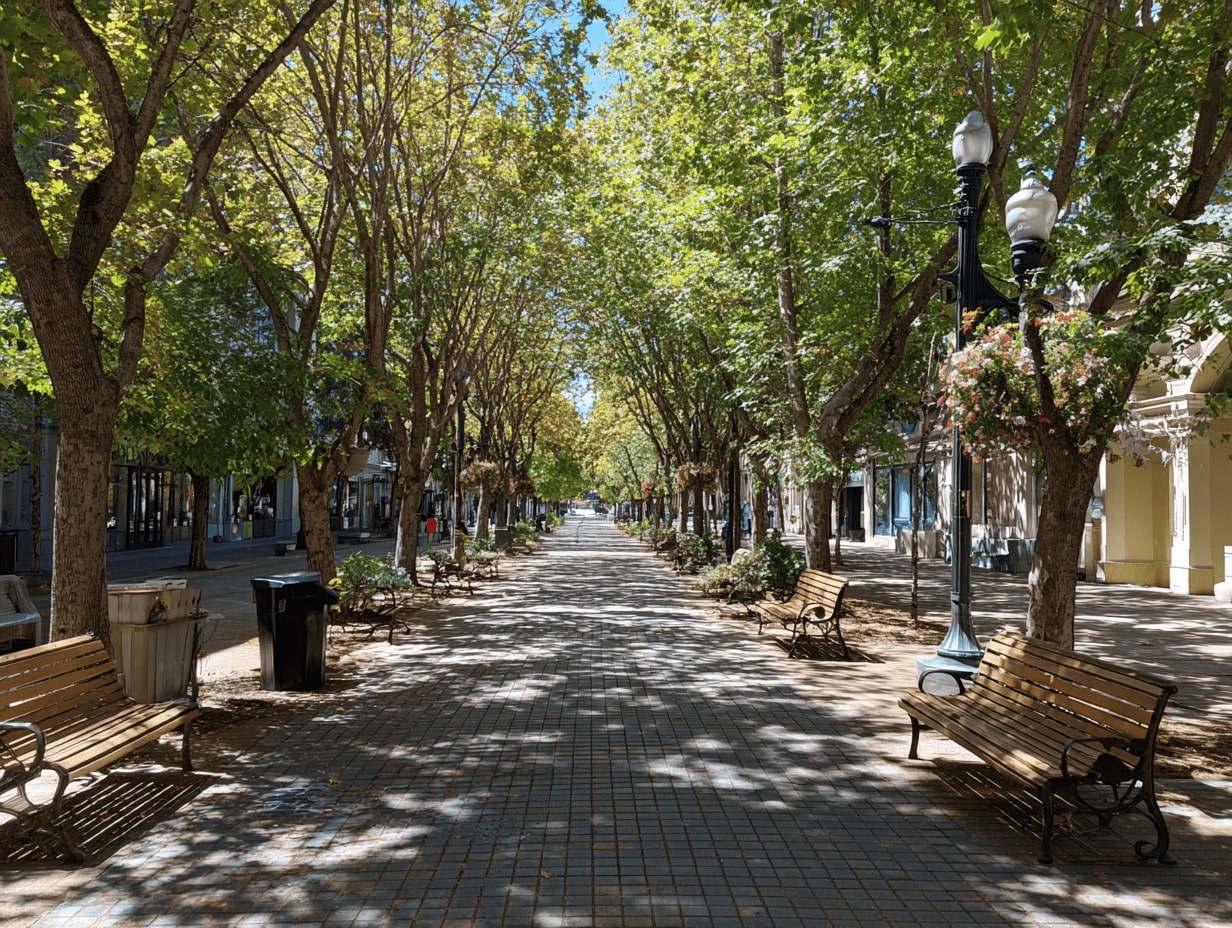
Leave a comment